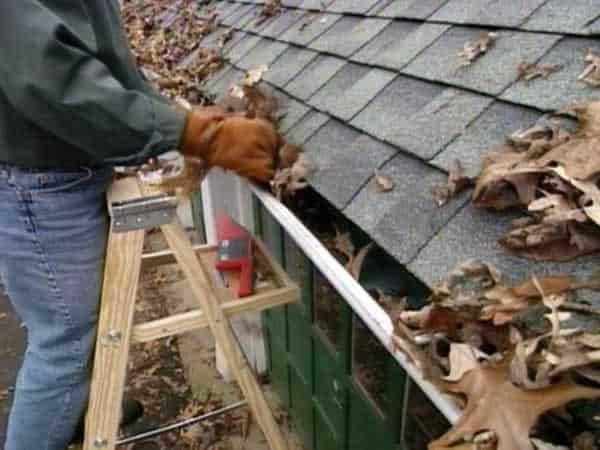When it comes to the safety of your home, you need to take all precautions. This includes protecting your roof from damage. If you have not had any issues with water penetration or other problems on your roof yet, that does not mean that you won’t in the future.

As such, you must know what causes damage and how to prevent it so that you can be proactive rather than reactive when a problem arises.
Regularly Inspect Your Roof
Regularly inspecting your roof is an important part of home maintenance. Storms can cause damage to your roof, leading to costly repairs and replacements. To protect your home from the elements, you should use stormseal, a reliable roofing system that is designed to provide superior protection against storms and other weather-related issues. With stormseal, you can inspect your roof regularly and make sure it remains in good condition. This will help you avoid costly repairs and replacements in the future.
Keep the Gutters Clean
One of the most important things you can do to prevent damage to your roof is to keep the gutters clean. It’s easy enough to forget about them, but they play a vital role in protecting your home and its contents.
- Check the gutter at least twice per year for clogs or other obstructions. If needed, use a long-handled brush or pole with an extendable head to remove any debris you find (this will also help keep out animals).
- This is best done when it’s dry outside so that any debris will fall into the gutter rather than onto your roof or porch. Be careful not to let the dust from this activity blow back up into your face!
Maintain Trees and Shrubs
Trees and shrubs near the house should be trimmed to prevent damage to the roof. If you have trees or tall shrubs in your yard, it’s important to keep them trimmed so that they don’t get too close to your house. This will help prevent water damage caused by heavy snowfall or rain. Additionally, trees and bushes can serve as windbreaks for storms, which can also cause damage to your home if not properly maintained. Also, make sure that any branches hanging over power lines are cut back so they cannot interfere with electricity from a stormy day or high winds!

Be Aware of Weather Updates and Forecasts
It can take time to determine when you should take action and protect your home during a severe weather event. There are several things you can do to stay informed about the potential for damage, including checking local news websites, subscribing to alerts from state or federal agencies, and following weather-related social media accounts.
Here’s what you should know:
- A watch means that conditions are favorable for severe weather in your area within 36 hours. You’ll receive information about what kind of storms are possible and where they may hit within this time frame.
- A warning means that severe weather is already occurring somewhere in your region—or it could start soon if it hasn’t already. Pay attention to any warnings issued by local authorities before making any decisions about protecting yourself or your property from impending damage caused by a storm system such as a tornado or thunderstorm cell passing overhead (in some cases these warnings will come through official channels like radio stations).
If you consistently inspect your roof, keep your gutters clear of debris and trim any trees or shrubs that could cause damage, you can prevent many common causes of roof damage.
If you consistently inspect your roof, keep your gutters clear of debris and trim any trees or shrubs that could cause damage, you will invent many common causes of roof damage.
First, you should inspect the attic space periodically (at least once every year) to make sure there is no evidence of water leaking into it. Be on the lookout for water stains on walls or ceiling tiles, which can indicate a leaky roof or damaged flashing around chimneys and skylights. If you find any wet spots in your attic, use a flashlight at night to check for problems such as loose screws or nail heads as well as areas where insulation has been pushed out due to deteriorated wood sheathing under shingles.
Second, look at all ventilation openings (eaves vents) at least twice per year: once when leaves are not present on trees close by and; the second time after leaves have fallen off trees during early springtime so that small birds cannot get inside these openings because they might nest there later in summer if left unchecked during first inspection period when leaves were still present!
Conclusion
We hope this article has given you some ideas for preventing roof damage. You can take the steps we’ve outlined here to reduce the risk of having a disaster on your hands and save yourself some money in the process!






